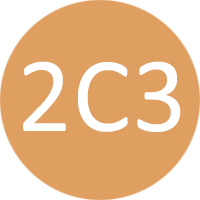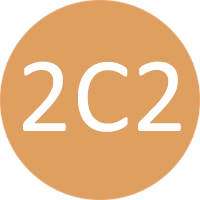Negligence
Negligence is a failure to exercise appropriate and or ethical ruled care expected to be exercised amongst specified circumstances.
Example: Physical injury, harm to property, economic loss.
Defamation
Defamation is the oral or written communication of a false statement about another that unjustly harms their reputation and usually constitutes a tort or a crime.
Libel is the written form of defamation and Slander is the oral.
Nuisance
Nuisance is an unlawful or unreasonable interference with a person’s land. This is a tort of how land is used. It concerns how people’s interest in land is affected. It also involves the physical damage to property.
Example: Roots / branches / enjoyment of own land.
Trespass
Trespass to land does not require proof of damage for it to be actionable in the courts. If damage is caused by a trespasser, a charge of criminal damage can ensue.
Example: An overhanging crane can constitute trespass.
Strict liability
Strict liability is relevant to the ESCAPING of substances or other potentially dangerous elements from one’s land to another. This is expressed in the classic court case of Rylands vs Fletcher.
Example: Underground escape of contaminated water through mines to someone else’s land, as per Rylands vs Fletcher case.
Vicarious liability
Vicarious liability comes from the Master-Servant relationship.
Example: I’m drafting a drawing and a senior colleague only checks it. He’s also responsible for the work that I’ve produced if a claim is against us.





